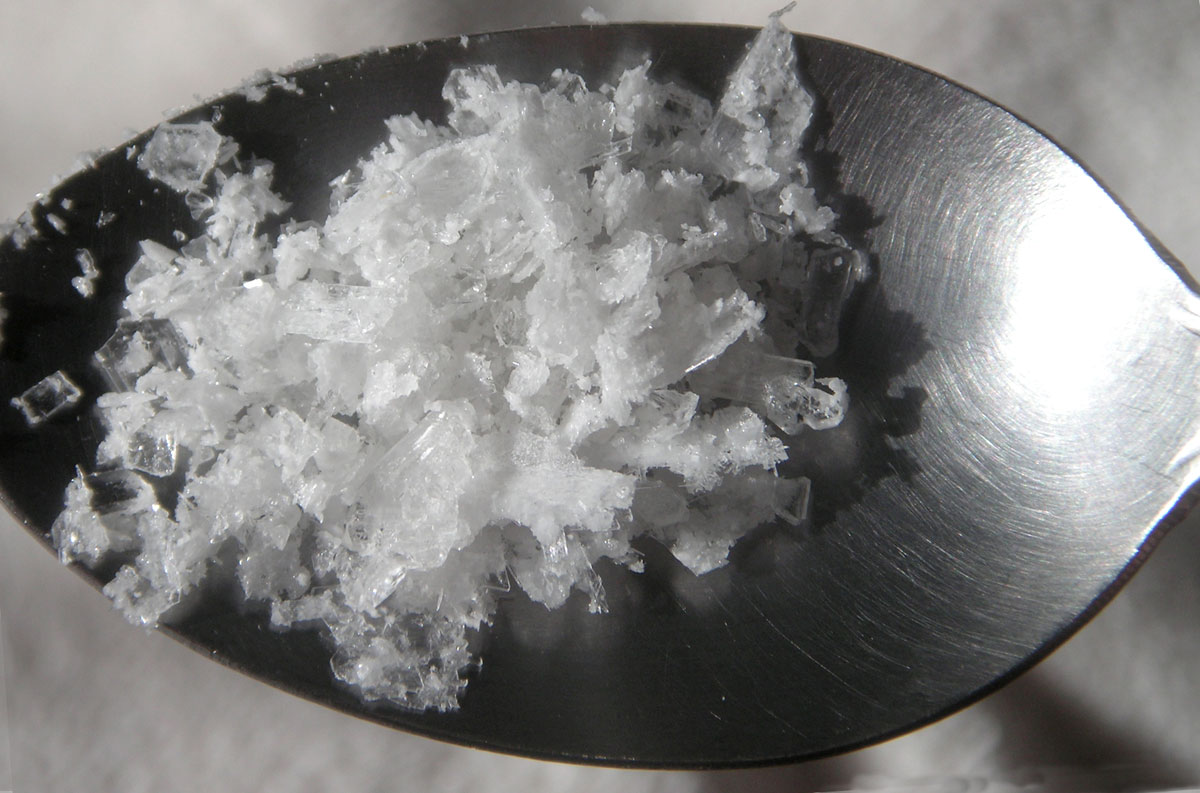List Of Narcotics By Class
Vicodin and Tylenol with codeine are among the prescription drugs on the Schedule 3 list. While lots of money flows through the illegal drug market, the market for licensed pharmaceuticals carries just as much potential for profit.


Laws and regulations surrounding prescription drugs work to prevent illegal manufacturing and distribution practices. The Federal Food, Drug and Cosmetic Act of 1938 sets the parameters for which drugs fall within the “prescription drug” classification. The five schedules or drug classes were put into place by the Controlled Substances Act of 1970. Each class of drugs carries a certain abuse potential that decreases with each successive class schedule.
For example, Schedule 1 drugs hold the highest potential for abuse and dependency while the Schedule 5 drugs hold the lowest. The Schedule 3 narcotics list consists of drugs that hold a mild to moderate abuse potential. With the exception of Schedule 1 drugs, each class of drugs also holds certain accepted medical treatment uses. 8,209. Deaths.Statistic from 2015 Regulations surrounding controlled substances require authorized manufacturers and distributors to be licensed to handle the different drug classes with some classes requiring specialized licensing. Regulatory requirements extend to pharmacies, pharmacists as well as doctors and hospitals. As Schedule 3 narcotics list drugs carry a moderate risk of abuse, certain licensing requirements do apply for the people and agencies that handle these drugs.
Schedule 3 Narcotics List Each drug schedule follows certain guidelines concerning accepted medical uses, potential for abuse and potential for dependence. Drugs on the Schedule 3 mainly consist of steroids, diet drugs and a few actual narcotic medications. This drug class includes both prescription and over-the-counter medications. No illegal or “street drugs” appear on the Schedule 3 narcotics list. The Schedule 3 narcotics list includes the following drug types:. Vicodin. Tylenol with Codeine.
Suboxone. Didrex. Depo-Testosterone Vicodin and Tylenol with Codeine drugs must meet certain specifications in terms of ingredient amounts. Vicodin doses must contain no more than 15 milligrams of hydrocodone per unit. Tylenol with Codeine does must contain no more than 90 milligrams of codeine per unit. Packaging and Distribution Requirements.
Schedule 3 Narcotics

Alphabetical List Of Narcotics
Treatment Support available 24/7 Regulations regarding Schedule 3 narcotics list drugs provide guidelines for packaging that must be adhered to by manufacturers, practitioners and pharmacies. Prescriptions for Schedule 3 drugs can only be written by licensed medical practitioners, dentists, optometrists and veterinarians. All forms of drug packaging for Schedule 3 narcotics list drugs must display an “Rx-only” legend. As each drug carries its own set of accepted and known medical uses, a drug can only be prescribed to treat certain corresponding conditions as listed under federal guidelines.
Certain regulations also apply for over-the-counter Schedule 3 drugs in terms of types of ingredients and dosage amounts. To learn more about Schedule 3 narcotics, or for help finding an addiction treatment program, call today!
EU Member States classify drugs and precursors according to the three UN Conventions of 1961, 1971 and 1988 (abbreviated below to UN61, UN71 and UN88), controlling and supervising their legitimate scientific or medical use while taking into account the particular risks to public or individual health. This Topic Overview looks at the UN system, the EU’s system of pan-European control, and finally gives a table outlining the similarities and differences of the national systems in the EU and Norway. The UN system Some 250 substances are listed in the Schedules annexed to the United Nations (New York, 1961, amended 1972), the (Vienna, 1971) and the (introducing control on precursors) (Vienna, 1988). The purpose of this listing is to control and limit the use of these drugs according to a classification of their therapeutic value, risk of abuse and health dangers, and to minimize the diversion of precursor chemicals to illegal drug manufacturers. Narcotic drugs Narcotic drugs are classified and placed under international control by the 1961 UN Single Convention on Narcotic Drugs, as amended in 1972. The Single Convention limits 'exclusively to medical and scientific purposes the production, manufacture, export, import, distribution of, trade in, use and possession of drugs' (art.
The to the 1961 Convention classifies narcotic drugs in four Schedules: Schedules Harmfulness Degree of control Examples of listed drugs I Substances with addictive properties, presenting a serious risk of abuse Very strict; 'the drugs in Schedule I are subject to all measures of control applicable to drugs under this Convention' (art. The EU system European Union legislation establishing different classes of substances is limited to the EU Regulations that define classes of precursors, stemming from the EU objectives of free movement of goods. These are the, which regulates intra-Community trade, and by the. While European Union legislation does not establish different classes of narcotic or psychotropic substances, the, can provoke a Council Decision requiring countries to put a drug under national controls equivalent to those controls for substances listed in the UN Conventions of 1961 and 1971. Risk assessments under the 2005 Council Decision resulted in pan-European controls for BZP and mephedrone. Download autocad 2016 keygen.
The mechanism is described in detail by the in the. This replaced the, which triggered three Council Decisions requiring countries to put a synthetic drug under national controls equivalent to those for substances in UN71 Schedules I and II. Risk assessments under the Joint Action resulted in pan-European controls for 4-MTA, PMMA, 2C-I, 2C-T-2, 2C-T-7 and TMA-2.





